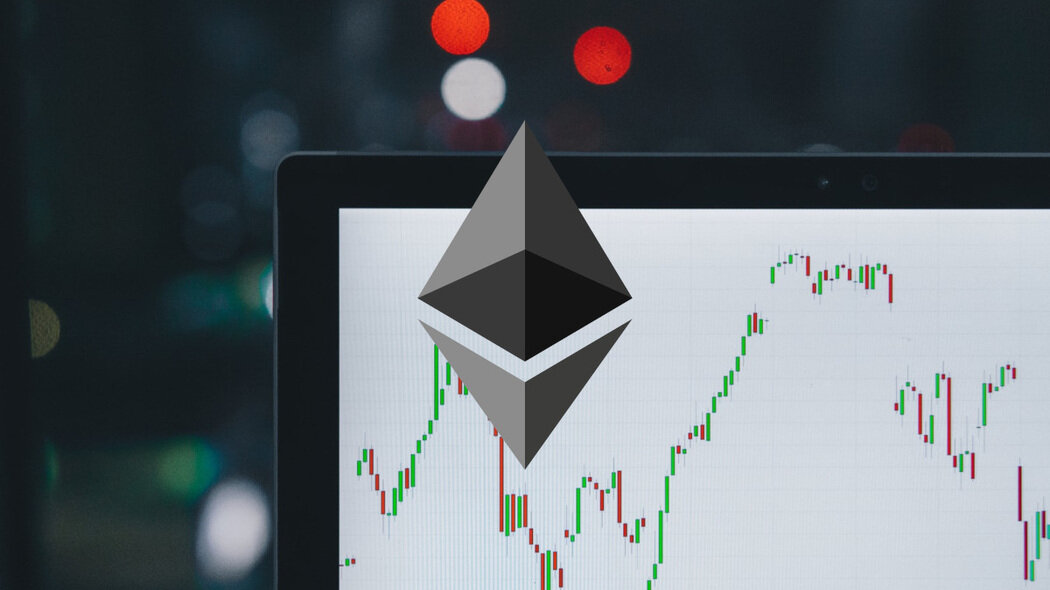Ethereum derivatives data indicates that bullish traders are becoming more comfortable with the $1,700 price level, setting up an attractive opportunity for more rallies.
The price of Ether (ETH) gained 18% from February 13 to February 16 but it has since been trading in a range near the $1,700 mark. Despite recent price movements, Ether derivatives metrics remain neutral-to-bullish ponder the investors the tighter regulatory atmosphere and the possible effect of Ethereum’s Shanghai upgrade.

Investor’s main concern currently is crypto regulation, mostly after the United Kingdom’s Financial Stability Board (FSB) recently insisted that a majority of the stablecoins fail to meet international standards. This entity was developed by the G20 and is affiliated with the Bank of International Settlements (BIS).
Klaas Knot, the FSB chair, insisted that the ideal regulation for crypto assets needs to be “based on the principle of the same activity, same risk, and same regulation.”
In some other positive news, there has been some significant improvement in China after the government is allegedly taking a softer approach to Hong Kong’s crypto hub aspirations. Based on a February 20 Bloomberg report, representatives and agents from China have been visiting Hong Kong crypto meetings frequently aiming to understand all the local crypto business operations.
A recent Binance report highlighted the status of Ether staking and explored the various reasons why the Shanghai upgrade might not result in the ETH sell pressure that some investors and traders have forecasted. Their rationale seems to be underpinned by liquid staking derivatives that enable users to benefit from staked Ether while retaining the ability to sell the derivatives token.
Here is a look at the Ether derivatives data to determine whether the $1,700 price rejection has affected crypto investors’ sentiment.
ETH Futures Show Increased Demand For Leverage Longs
The 2-month futures annualized premium needs to trade between 4% and 8% in healthy markets to help cover costs and associated risks. But, when the contract trades at a discount compared to the normal spot market, it shows a lack of confidence from the traders and it is mostly a bearish indicator.

The market chart proves that derivatives traders are no longer neutral-to-bearish after the Ether futures premium surpassed the 4% threshold. More importantly, it proves that there is resilience even as Ether failed to sustain the $1,700 support on February 21.
This reduced demand for leverage shorts (bears) does not always translate to an expectation of positive price action. Traders need to keenly analyze Ether’s options markets to determine how the whales and market markets are weighing in the odds of future price movements.
Buy Bitcoin NowOptions Risk Metrics Abandon Bearish Sentiment
The 25% delta skew is a major sign when market makers and arbitrage desks seem to be overcharging for downside and upside protection.
In the bear markets, options investors and traders give higher odds for a price drop, resulting in the skew indicator rising above 10%. On the flip side, bullish markets seem to push the skew metric below -10%, which means that the bearish put options are in reduced demand.

The delta skew touched the bearish 10% level on February 14, indicating stress from professional traders. Nonetheless, the situation improved later in the week as the index moved close to 0 – indicating similar upside and downside risk appetites.
For now, options and futures markets point to the pro traders moving to a neutral-to-bullish sentiment, showing a higher probability of ETH breaking above the $1,700 resistance zone. In that context, the odds favor Ether bulls as investors remained calm despite the regulatory pressure and negative emotions linked with the forthcoming Shanghai upgrade. The Ethereum derivatives data remains strongly positive for the bulls.








